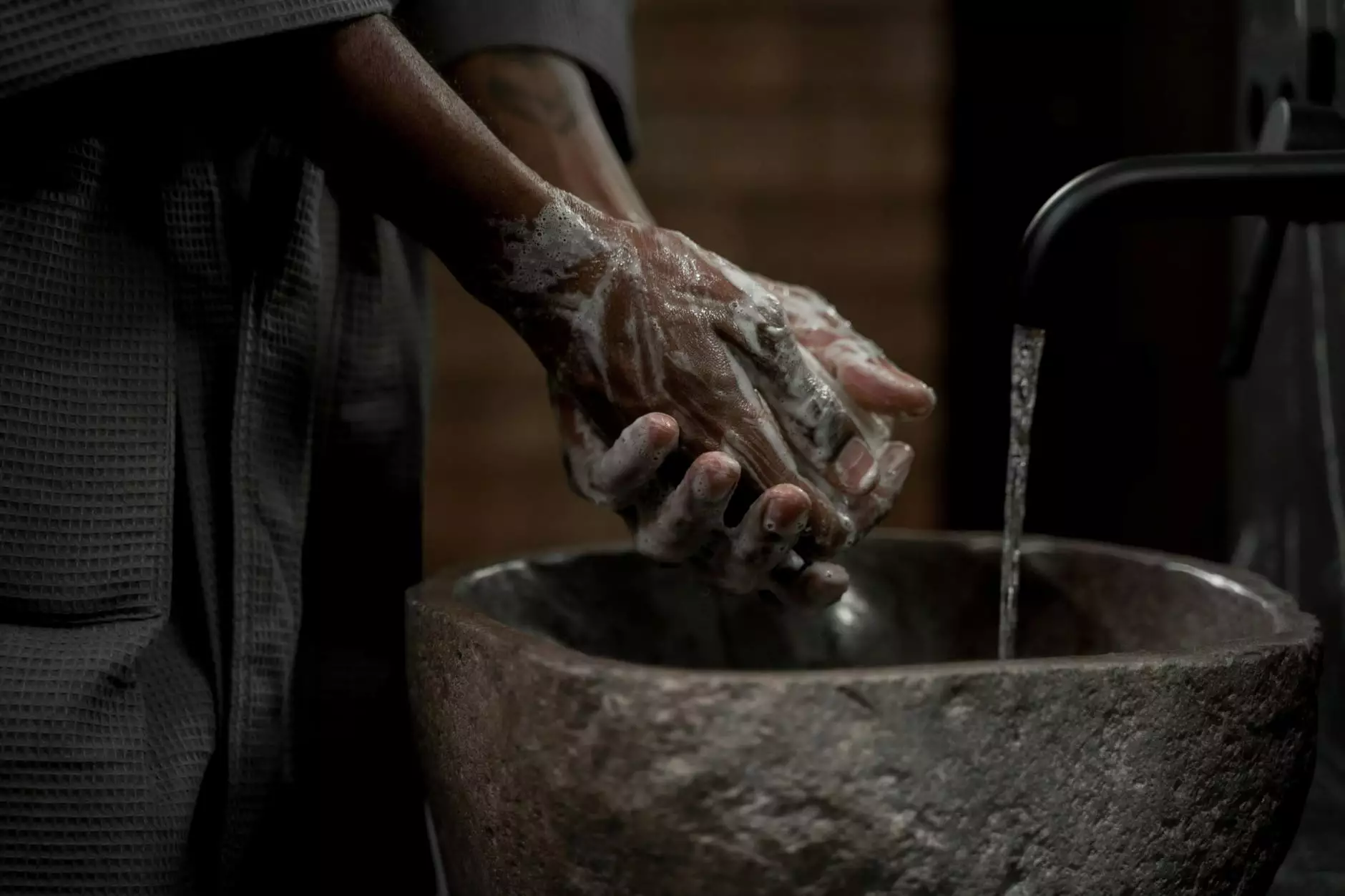Understanding and Preventing Running Foot Injuries

The foot is a complex structure comprising 26 bones, 33 joints, and over 100 muscles, tendons, and ligaments. For runners, ensuring the health and well-being of this vital part of the body is essential to maintaining an active lifestyle. Running foot injuries can serve as a significant barrier to both performance and enjoyment, making it crucial to understand the causes, symptoms, prevention, and treatment options available.
Types of Running Foot Injuries
As a runner, you may encounter various foot injuries. Below are some of the most common types associated with running:
- Plantar Fasciitis: An overuse injury leading to inflammation of the plantar fascia, a thick band of tissue running across the bottom of the foot.
- Achilles Tendinitis: An overuse injury affecting the Achilles tendon, causing pain and stiffness along the back of the heel.
- Stress Fractures: Small cracks in the bones of the foot typically caused by repetitive strain or overuse.
- Bunions: A bony bump that forms on the joint at the base of the big toe, often leading to pain and discomfort.
- Metatarsalgia: A condition characterized by pain in the ball of the foot, often due to improper footwear or high-impact activities.
- Plantar Warts: Caused by the human papillomavirus (HPV), these can develop on the soles of the feet, causing pain during running.
Causes of Running Foot Injuries
Understanding the causes of running foot injuries can help you prevent them. Here are several contributing factors:
- Improper Footwear: Shoes that do not provide adequate support or cushioning can contribute to injuries.
- Overtraining: Increasing mileage too quickly can place excessive strain on the feet.
- Biomechanical Issues: Flat feet, high arches, or poor foot alignment can lead to injuries.
- Running Surface: Hard surfaces, like concrete, can increase the risk of injury compared to softer surfaces.
- Lack of Strength and Flexibility: Weak or tight muscles in the feet and lower limbs can lead to imbalances and injuries.
Signs and Symptoms of Running Foot Injuries
Recognizing the signs and symptoms of foot injuries is vital for early intervention. Look for the following:
- Pain: Localized pain that worsens with activity.
- Swelling: Inflammation around the affected area.
- Stiffness: Difficulty in moving the foot or toes.
- Bruising: Discoloration in the skin over the injury site.
- Changes in Gait: Alterations in running style due to pain or discomfort.
Preventing Running Foot Injuries
Prevention is the best strategy when it comes to running foot injuries. Consider the following tips to safeguard your feet:
1. Choose the Right Footwear
Your shoes are your primary defense against injuries. Ensure they fit well, provide adequate support, and are suitable for your running style. Consider visiting a specialty running store for a gait analysis to find the best shoes for your needs.
2. Increase Mileage Gradually
When ramping up your training, increase your mileage by no more than 10% per week. This helps your body adjust gradually, reducing the risk of overuse injuries.
3. Incorporate Strength and Flexibility Training
Strengthening the muscles in your feet, ankles, and lower legs can drastically reduce your risk of injury. Additionally, regular stretching enhances flexibility, allowing for better movement and performance.
4. Pay Attention to Running Surfaces
Running on softer surfaces, such as grass or a track, can help reduce impact forces on your feet, minimizing injury risk.
5. Use Orthotic Inserts if Necessary
Consider using orthotic inserts for added support. They can help correct biomechanical issues, thereby reducing the risk of injuries.
Treating Running Foot Injuries
If you do experience a running foot injury, it's important to take appropriate steps for treatment. Here are some commonly recommended approaches:
1. Rest and Rehabilitation
Allow time for healing by reducing or stopping your running activities. Engage in alternative forms of training, such as swimming or cycling, that place less strain on your feet.
2. Ice and Compression
Applying ice to the affected area can help reduce swelling and alleviate pain. Compression wraps can also provide support and minimize inflammation.
3. NSAIDs
Over-the-counter nonsteroidal anti-inflammatory drugs (NSAIDs) can help manage pain and inflammation following an injury.
4. Physical Therapy
A physical therapist can design a rehabilitation program specific to your injury, including exercises to enhance strength, flexibility, and conditioning.
5. Consult a Podiatrist
If symptoms persist, consult a podiatrist for a comprehensive evaluation. They can provide specialized treatment options tailored to your specific needs.
Conclusion
Maintaining foot health is paramount for runners. Understanding the various aspects of running foot injuries—from prevention to treatment—can significantly enhance your ability to enjoy running pain-free. By incorporating the strategies mentioned in this article, you set yourself up for a healthier, more enjoyable running experience.
For further information and tailored advice regarding foot care, consult the experts at The Foot Practice. Their team of dedicated podiatrists can help ensure that you remain injury-free while pursuing your running goals.









